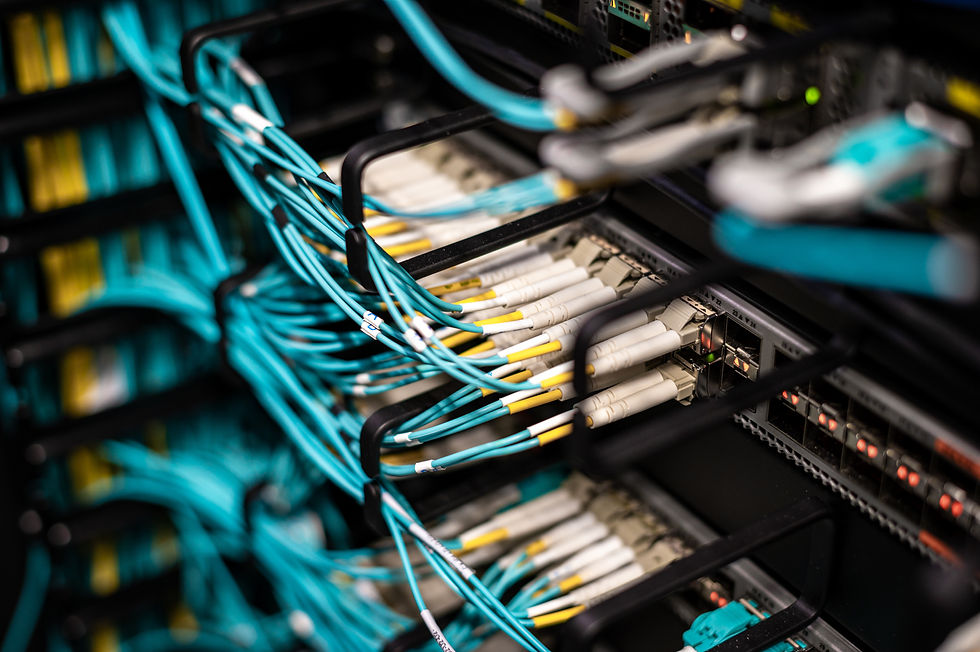
Connectivity between the multitude of devices we utilize in our everyday lives has taken increasing importance with every passing day. Data Network Cabling is used to create this connection between computers, routers, switches and storage area networks to transfer the required data and information. In a few words, these cables are the medium that allows data to flow.
To meet this rising demand of data network cable in Singapore, we have prepared a variety of data network cables to choose from, ranging from twisted pair cables and fibre optic cables to the more specific CAT 5e, CAT 6 and CAT 6a cables.
Rest assured that we’ll be able to meet any of your network cabling requirements. Our services follow through from start to end. From deploying the Network Cabling Contractor, to Network Cabling Installation, to Cable management – ensuring minimal disruption to your workflow.
A network cable is a cabling system that allows for multiple network devices at different areas to communicate with one another and share one high-speed internet connection. The network cable is usually used for the home or office, for connectivity regardless of whether it is for WIFI for the phone or laptop.
At the workplace, network cabling is needed for devices such as desktops, printers and landlines and without the network connectivity, daily operations of work can be disrupted. Therefore, it is important to have an effective network cabling system. These cables are important as they transport electricity for machines to provide internet, communication and data exchange on a daily basis.
Data network cabling such as fibre optic cable like Cat 6 cable and electrical cables are usually used for the office. These cables create some sort of a binding as they transport electricity for machines to provide internet, communication and data exchange on a daily basis.
It is better to get a technician who is an expert manage the installation of the data network cable. If you have any questions, feel free to give us a call at 6459 0780.
3 Types of Network Cable

As wireless technology goes through constant advancement, it enables a business to become highly productive and sustainable. However, no matter how technology has advanced some traditional tools are still being used as essential sources of connectivity. Such as the network cable, which is still needed for the daily operations of digital devices.
The network cable functions as a connecting cable from one device to another, this is for the printer, computer, phone system and the Ethernet. The types of cables that are used to connect devices are the twisted pair cable, coaxial cable, optical fiber cable and the power line cable. We will elaborate the functions of these cables.
#1 Twisted Cable
Have you ever wondered why the network cable is twisted? In this way, it helps to reduce cross-talk and electromagnetic induction. Basically, it will not allow any disruptions in between both devices it connects. The two copper wires are put together in unison, in a twisted form, parallel to each other, phone systems use this cable.
#2 Coaxial Cable
Its centre conductor is made up of copper wire, which is surrounded by a plastic insulator. This kind of network cable is suited for transmission of radio frequency (RF) signals from one point to another, this cable is used for cable TV services to provide for end users. These network cables are able to carry signals at a greater level.

#3 Optical Fiber Cable
Different from its copper counterparts, a fiber cable is made up of a bundle of optical fibers which are normally covered by an insulator. Its main ability is its fast transmission of the internet and digital data in the form of light, usually used for data communication. Fiber cable is safer than any cable as it cannot be breached by any hacker.

Comments